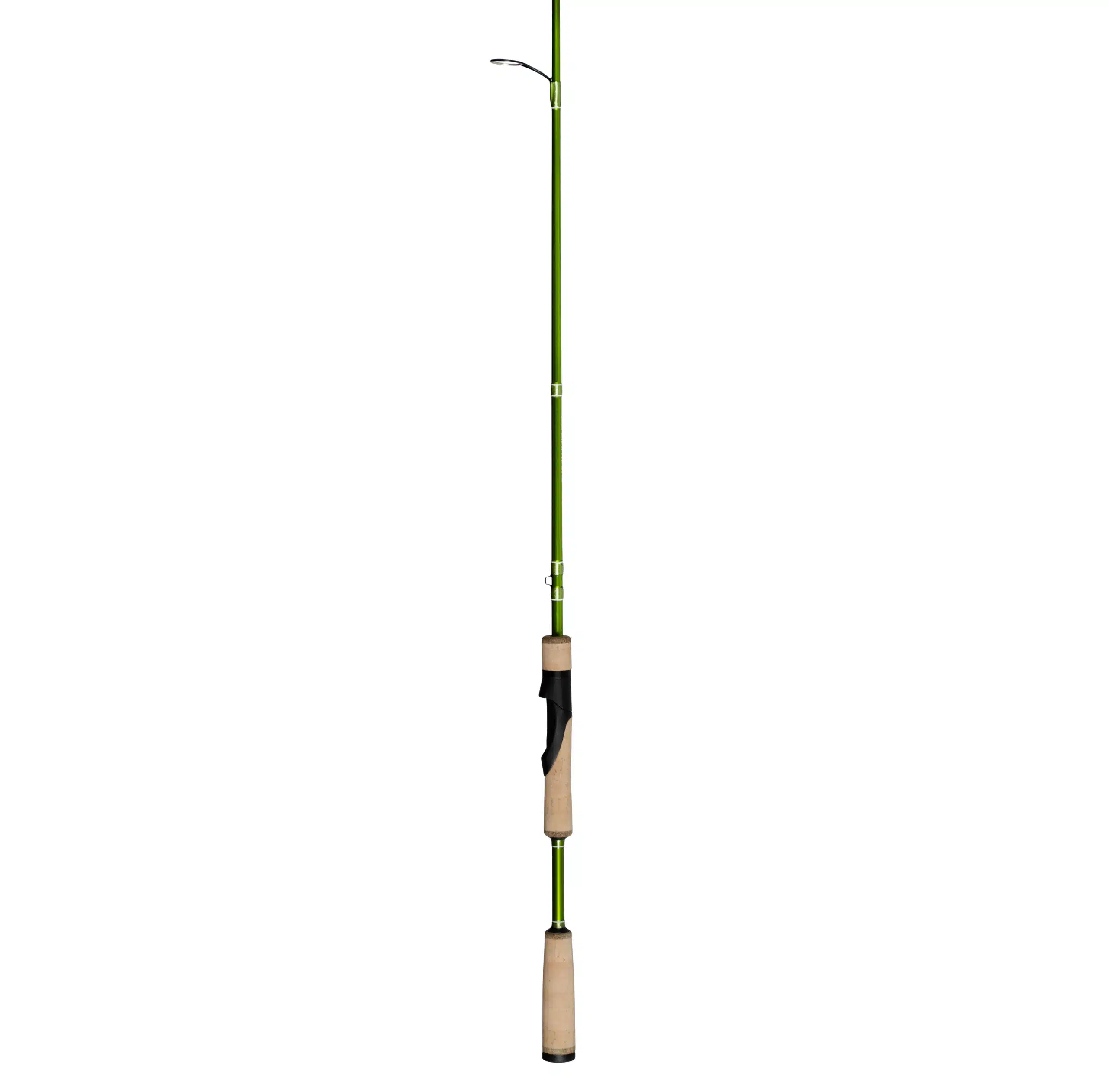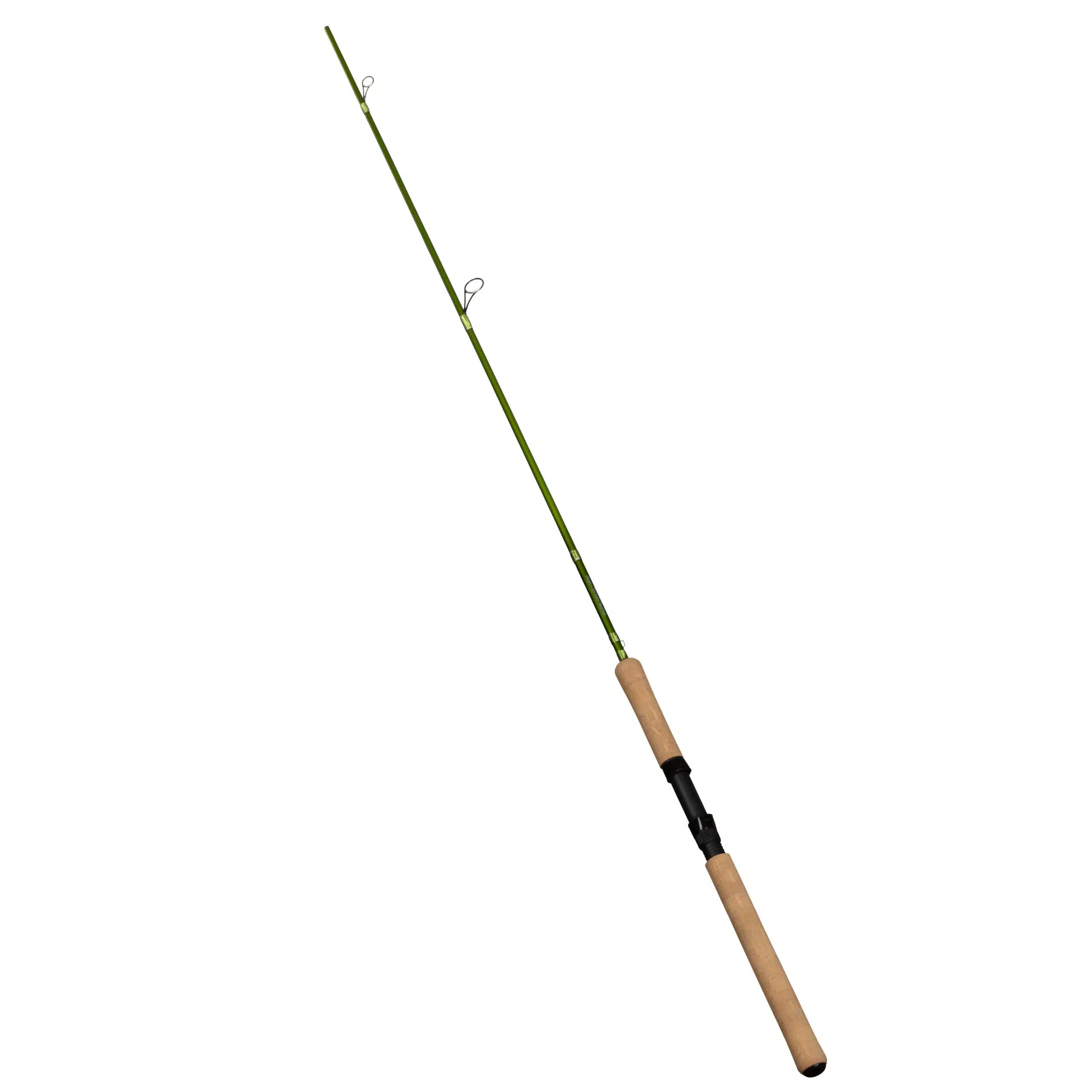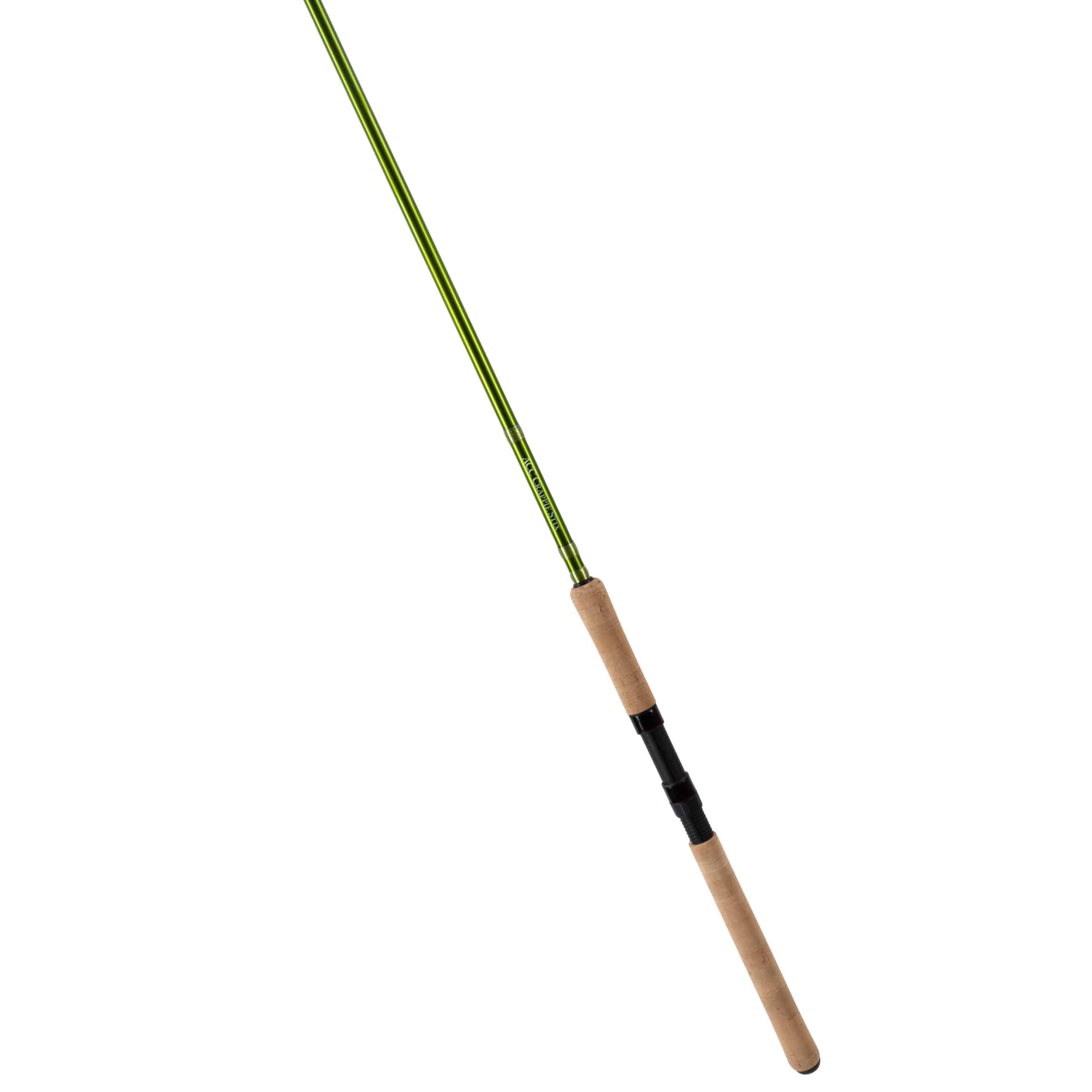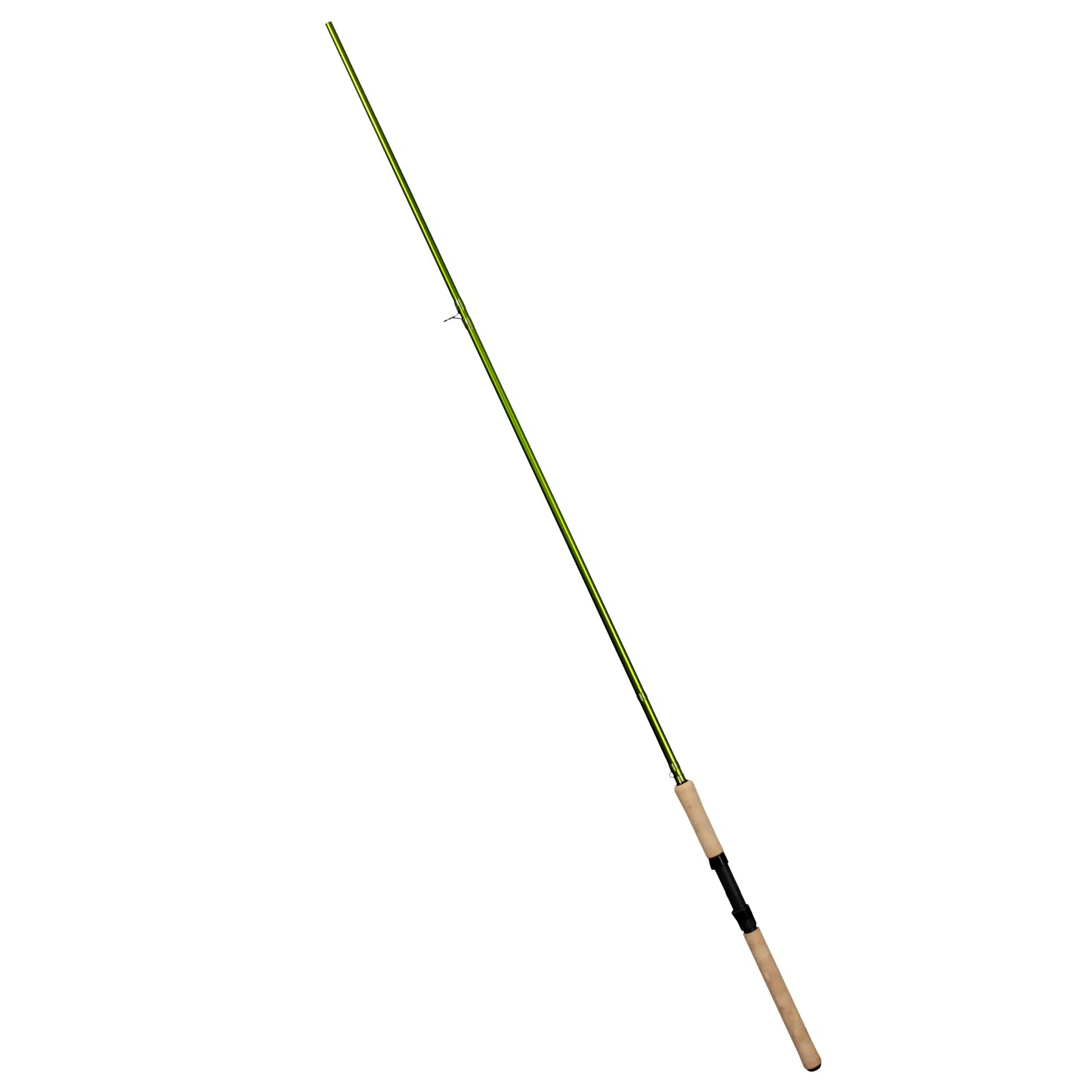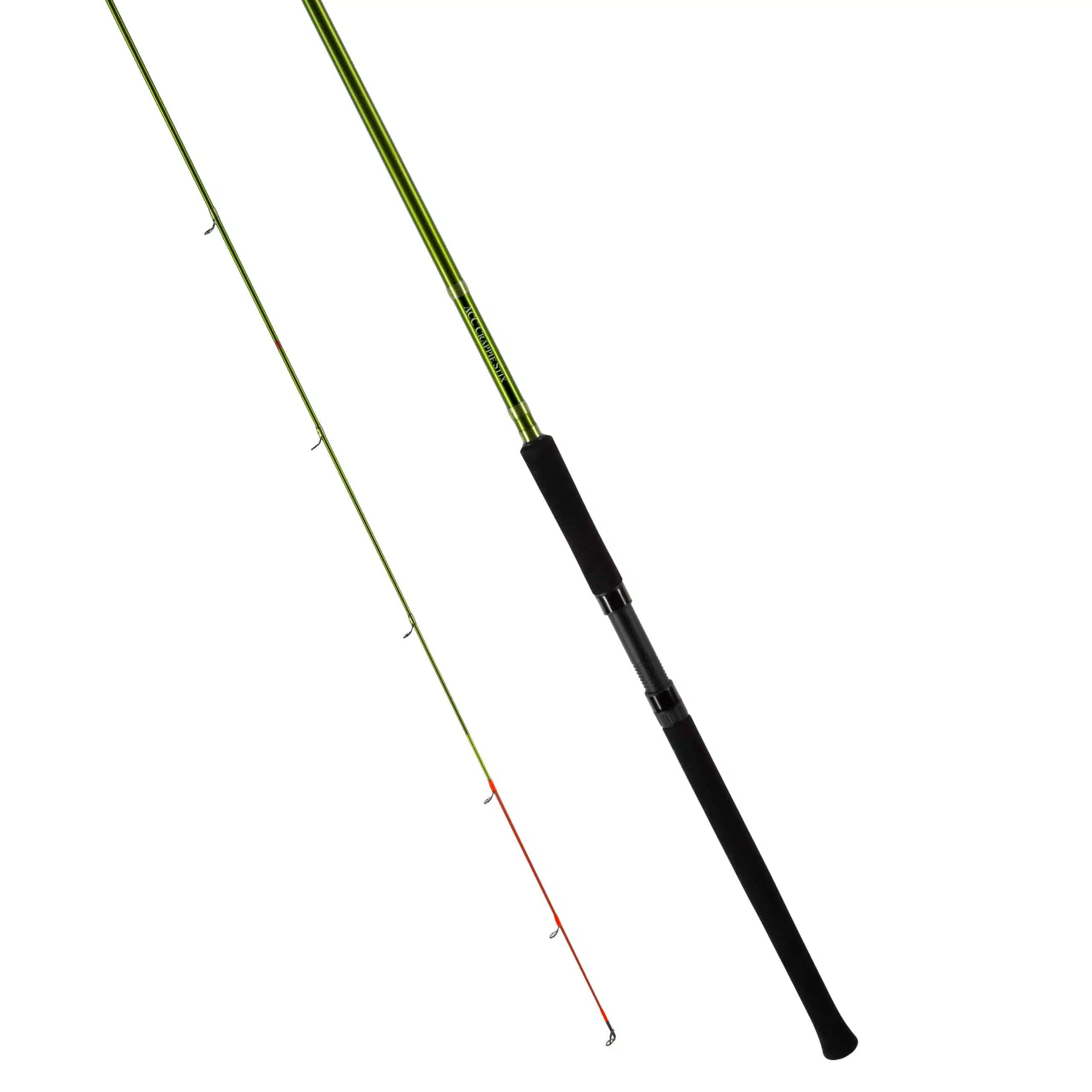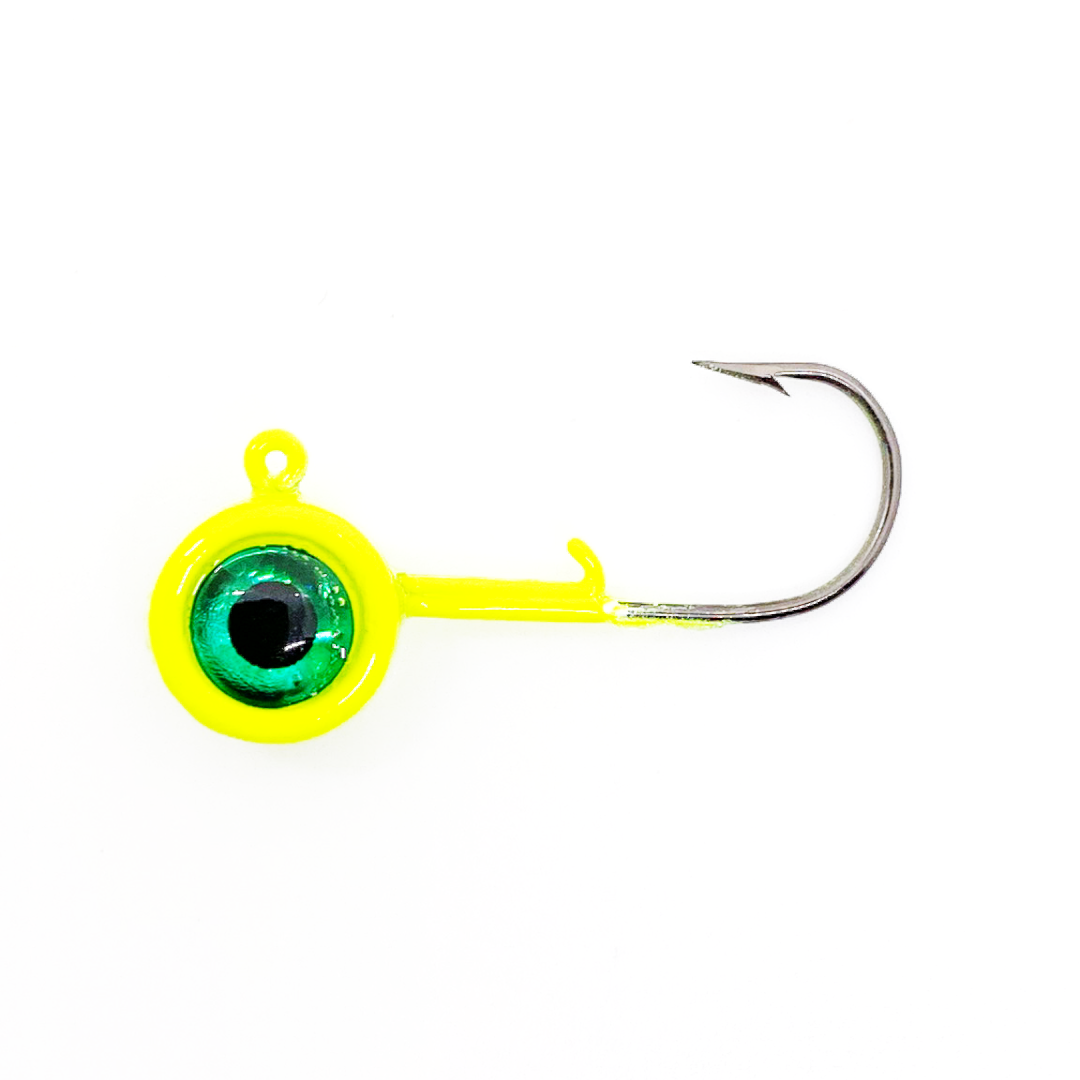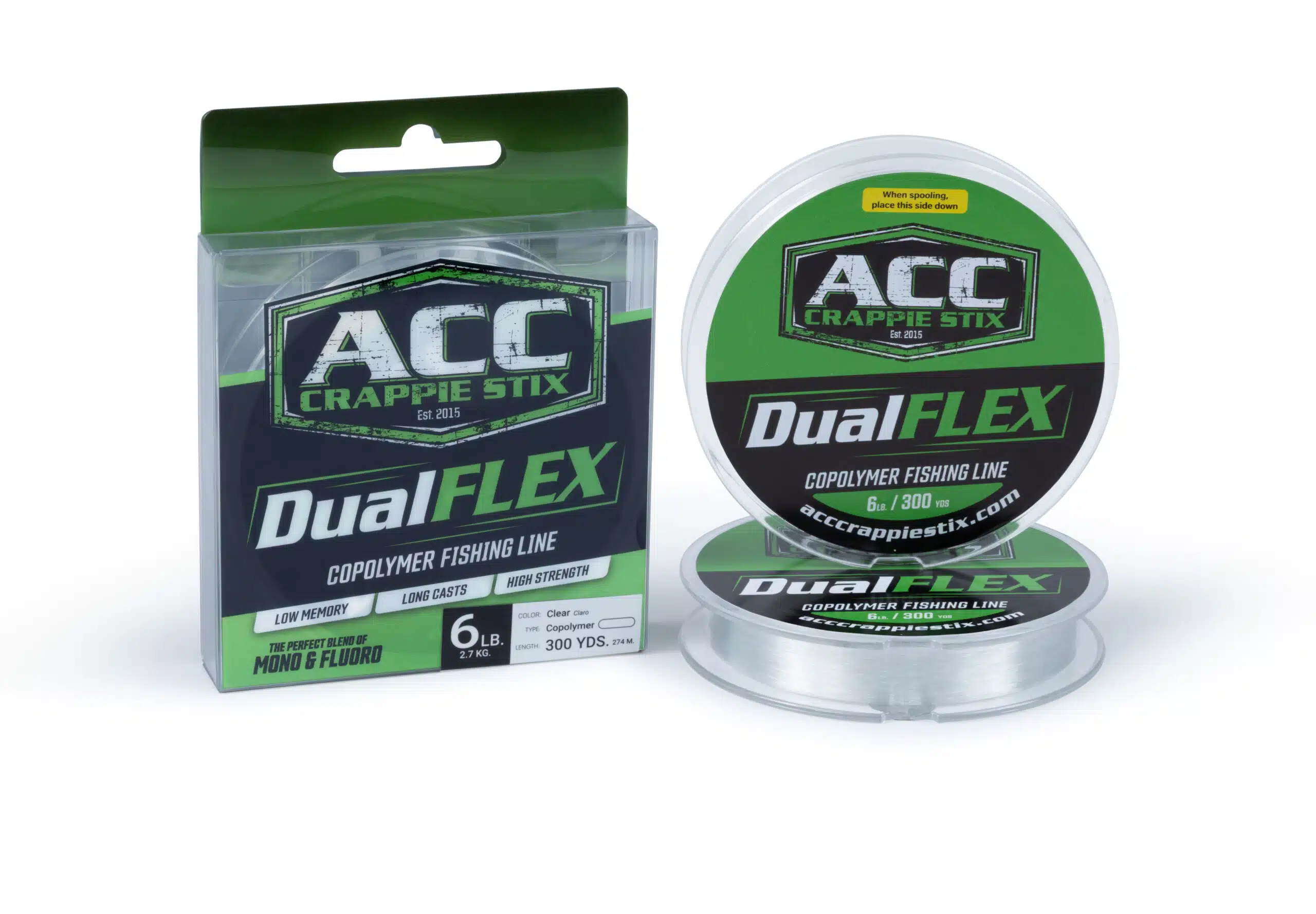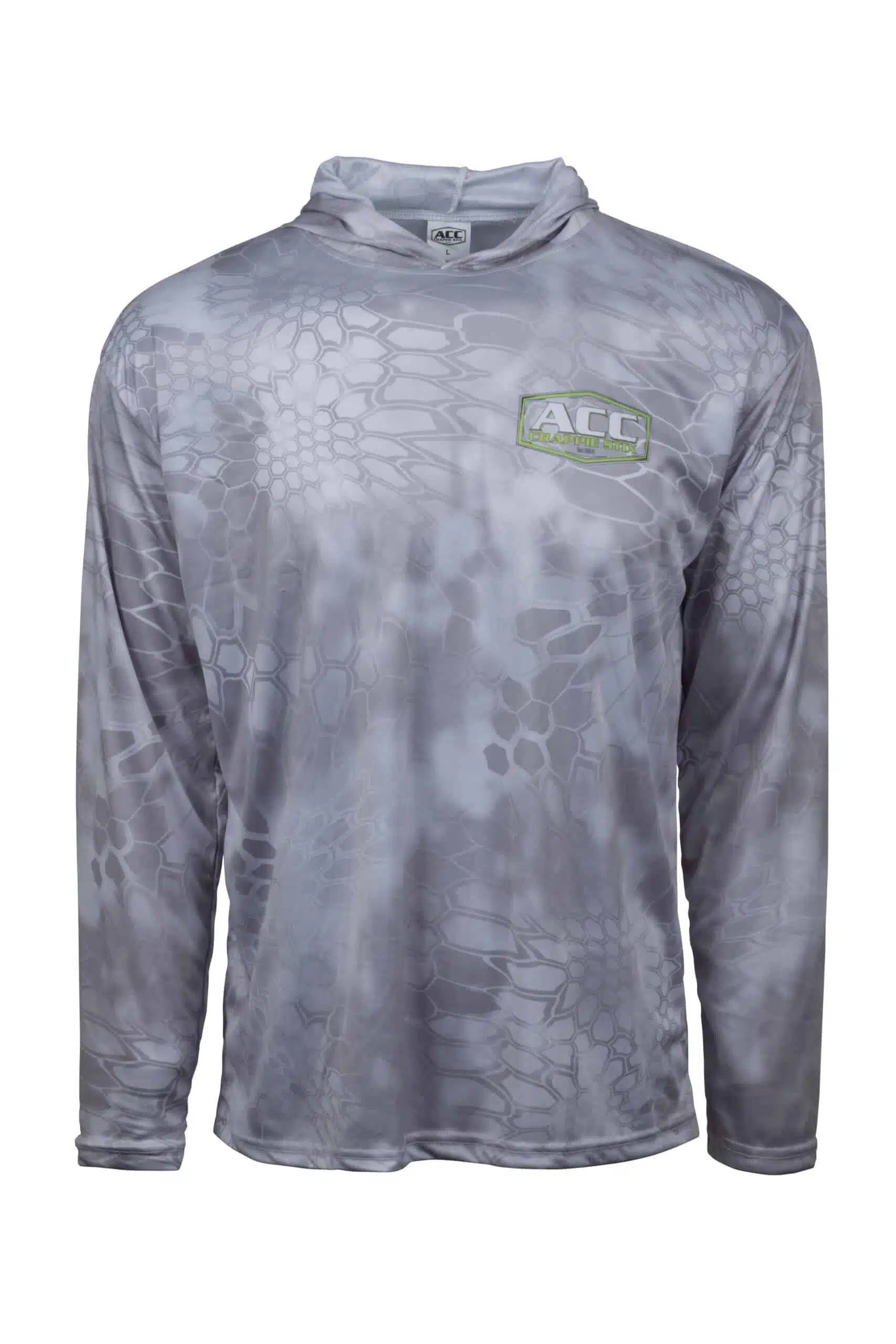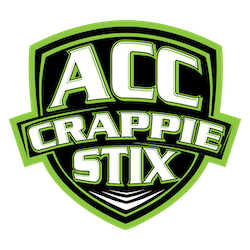Re-visiting lakes: Don’t Get Trapped in History

By Greg McCain
A return trip to an infrequently fished lake sometimes leads to frustration and confusion for crappie fishermen .
The fishery, productive on previous trips, just is not the same. Fish are not located in the same places in the same numbers as in previous years. Past methods fail to produce, leading fishermen to question the overall health of the lake. So what happened? Did the lake change or were fishermen relying too much on history to formulate their game plan?
Fishing history is the habit of reverting to past success in terms of location, lure selection, and technique regardless of the variable factors that contribute to success.
We talked with several members of the ACC Crappie Stix pro staff about re-visiting a lake. Specifically, the occasion centered around the Crappie Cove/ACC Crappie Stix Big Crappie Bash on Watts Bar Lake in Tennessee. The tournament was held in late April this year, about a month later than the first two editions of the big-fish event. Almost without exception, fishermen suggested the lake was fishing tough, much different from previous years.
The scenario begged the question: Am I fishing too much history on a lake that I know very little about?
“We do rely on what we know,” said Chris “Sarge” Gill. “I fish history on the lakes at home (in Texas). But for places that you don’t know as well, fishing history is probably not the ticket to success.”
Both Chris and Keith Acker, of Louisiana, have ventured to Watts Bar for each of the three tournaments. Traveling hundreds of miles to a lake unlike those back home requires a particular set of skills and perhaps more importantly an open mind. While both Chris and Keith acknowledged “checking out” those areas that have proved productive in earlier tournaments, they found a much different Watts Bar than in previous years.
“When you go to a different lake or one that you don’t go to that often, say once or twice a year, it’s always safe to go back to the same places if you go at the same time of year,” Keith said. “But a lot of times, you can’t go back and safely say that those fish will be in those places again. That means you have to break down the lake each year.
“In 2021, I found roaming fish here in 15 to 25 feet of water pretty much in every pocket. I was able to go all over the lake, duplicate that pattern, and catch fish almost at will. In 2022, I came back, and there were some roaming fish, but I was only able to find them in half of the lake. I didn’t find as many fish in general although some were in laydowns and brush. In 2023, I haven’t found any roaming fish, and neither have I found them in the biggest laydowns and brush that I normally find them in.”
Despite the difference in catch rate and a noticeable lack of quality fish, Keith didn’t make the hasty generalization that something drastic had happened to the crappie population on Watts Bar. Rather he took into consideration the variables, mainly time of year and water levels. He said both situations demand an adjustment in mindset for fishermen.
“You have to take all those things in account, weather, time of year, any other conditions that cause fish to react differently,” Keith said. “Timing has something to do with it, but this is a river system, so (the TVA) can raise and lower the water and dictate to a certain extent where the fish will be. They can limit certain areas that the crappie will have access to.”
Even though Sarge said he started on locations on Watts Bar that held fish in the past, he was forced to treat the fishing this year as something of a new experience. The difference proved not to involve the ability to catch crappie but rather changes in the lake itself.
“This is the third time that I’ve been here,” Sarge said, “and in that time, I’ve seen brushpiles that have literally disintegrated. They have held fish, so I knew they should be in the area.”
His solution was scanning areas close to productive spots from the past. Using his side scan technology, Sarge spent hours of each pre-fishing day looking for new structure and cover that would hold crappie. His method did not change, but the exact locations were different from the past.
“I was looking for brushpiles, stumps, whatever it might be,” he said, “and then I would go back with LiveScope and see if there was anything worth watching.”
Sarge (follow his YouTube channel at Asleep at the Reel) noted that his history on Watts Bar did result in one positive while trying to locate fish and helped in his efficiency of breaking down the lake. He was not forced to start totally from scratch or to choose random locations to fish, situations that occur on new waters.
“Sometimes on first trips to a lake, it’s a whole year of hardship,” Sarge said. “You have to learn a lake, and just a few days won’t allow you to understand the fish population. The second year and so on should get better. I found that to be the case this year. Even though some of the brushpiles I had marked were gone, I managed to branch out from there and find a few fish.”
The idea of branching out is something that ACC staffer Matt Xenos does on Watts Bar even though he is a local. Matt guides on various east Tennessee fisheries but tries to put the history book aside regardless of where he is fishing. He advocates each outing on a lake, especially one that he has not fished often, as a “totally new day.”
“One of the questions that I get most on my YouTube channel: Do I keep a log book?” he said. “For years, we did that and look back at (a random date) and know what the fish are doing. I answer that question the same way every time: ‘No way.’
“I do not keep a log book for any reason. I don’t care if I go out and catch 600 crappie. I won’t put it in a log book because every day is different. You can go back and repeat history, but the chances of catching similar numbers in the same places on the same dates are not necessarily good.”
Matt (check out Wired for Crappie on YouTube and other social media platforms) considers a couple of variables and plans his trips around them. He said the process of exploring new water and discovering new fish is important to his success both as a guide and tournament competitor.
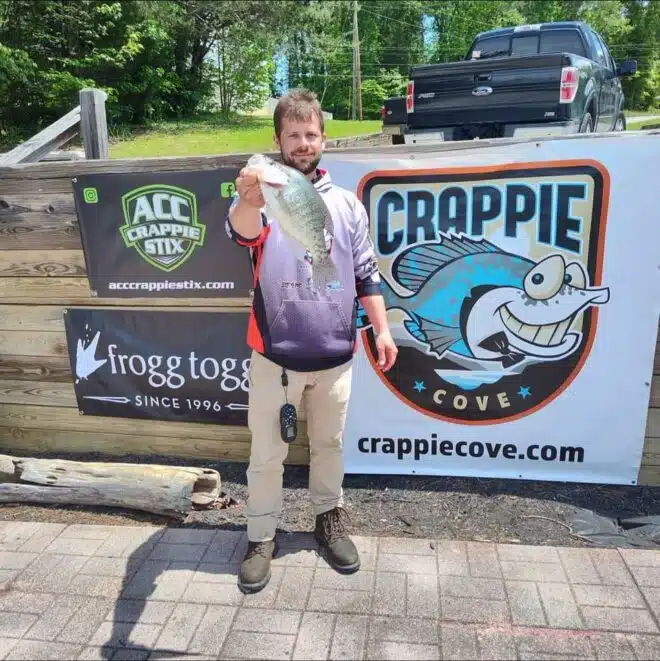
“In an effort to not get stuck and not get in a slump, you need to look at your season,” he said. “You need to look at temperatures. You need to know where those fish are in terms of spawn or fall feed or summer pattern or whatever the time of year is.”
Matt does not go as far as to say he avoids areas that have produced in the past. However, those spots can be unproductive on a variety of levels.
“You might go back there and the fish are present and biting, but 13 other boats are on the spot,” he said. “You have to take into account those types of situations as well.”
Based on familiarity with lakes, fishing history is not always a bad thing. Keith (follow his personal Facebook page for information about trips and fishing reports from Louisiana and east Texas) said he can go to certain home waters and accurately predict “where fish will be on individual stumps. Then you go to other places, and the fish are nowhere to be found.”
Added Sarge, “Our windows in Texas are fairly stable, maybe not in terms of dates but in terms of water temperature. But that’s not always the case when you are visiting a relatively new lake.”
Any knowledge helps on a return trip to a fishery. Keith said he goes online to find information like historical water levels that contribute to his understanding of where the fish should be at a given time of year. Sarge consults archived versions of Google Earth to help with the understanding of topography of a lake.
In the end, however, time on the water is the best teacher.
“You have to know things like where the fish pull back to if the water goes down,” Keith said. “If the water goes up, you have to know where those fish push forward to. That’s the kind of understanding that doesn’t happen without experience.”

